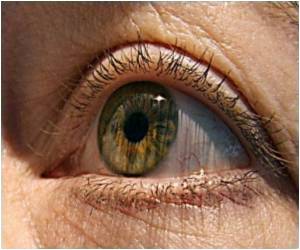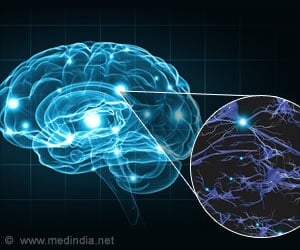
A phase 2 clinical trials for the treatment of GA has become the first study to show the benefit of a therapy to slow the progression of vision loss for this disease.
Lead author Kang Zhang of the University of California, San Diego, Shiley Eye Center, and his team found that long-term delivery of ciliary neurotrophic factor (CNTF) served to re-nourish the retina and stop or slow the loss of visual acuity caused by the disorder.
According to Zhang, professor of ophthalmology and human genetics at the UCSD School of Medicine and director of UCSD's Institute of Genomic Medicine, there is currently no effective treatment for dry AMD or GA.
"This could open the door to long-term treatment of dry AMD, using a simple surgical procedure," he said.
Age-related macular degeneration, or AMD, is a leading cause of vision loss. It is a disease that causes cells in the macula - the part of the eye that allows us to see in fine detail - to die. There are two forms of the disorder, wet and dry AMD. GA is considered the end stage of dry AMD, where central vision is lost.
Advertisement
Another 24 patients received either a sham surgery (12) or a low-dose of CNTF (12).
Advertisement
The CNTF-secreting capsule was implanted in the back of the study subject's eye.
The implant allows the CNTF molecules to diffuse into the eye tissue, while keeping out antibodies and immune cells that would attack and destroy the CNTF-producing cells.
There was a statistically significant difference in the change of the total macular volume in the eyes of study participants at the 12-month point, versus baseline in the high-dose group, according to Zhang.
"In addition, all but one of the patients in the high dose group, or 96.3 percent, maintained stabilized vision, compared to only 75 percent of the patients in the sham-treatment group."
The patients treated with a high dose of CNTF also showed an increase in retinal thickness as early as four months after implant, an increase that correlated to the stabilization of vision.
The study is published in the Proceedings of National Academy of Sciences (PNAS).
Source-ANI














